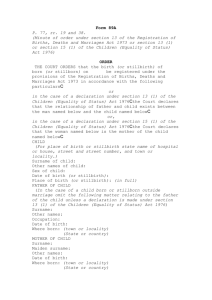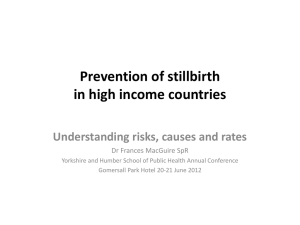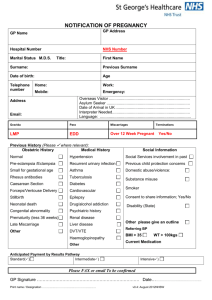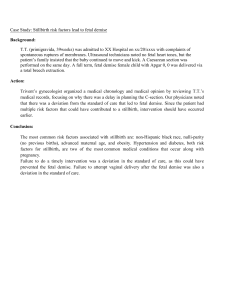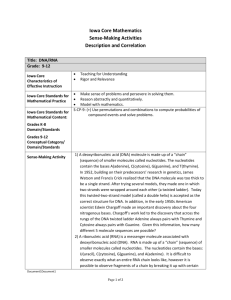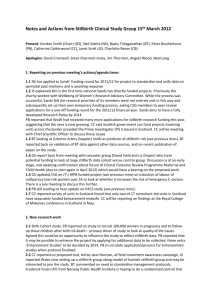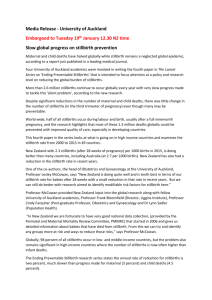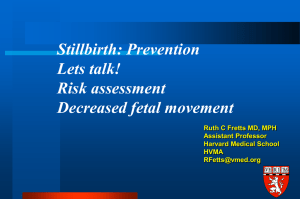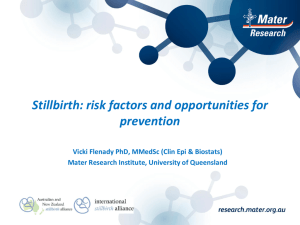Embargoed until 9am, Monday 9 December
advertisement
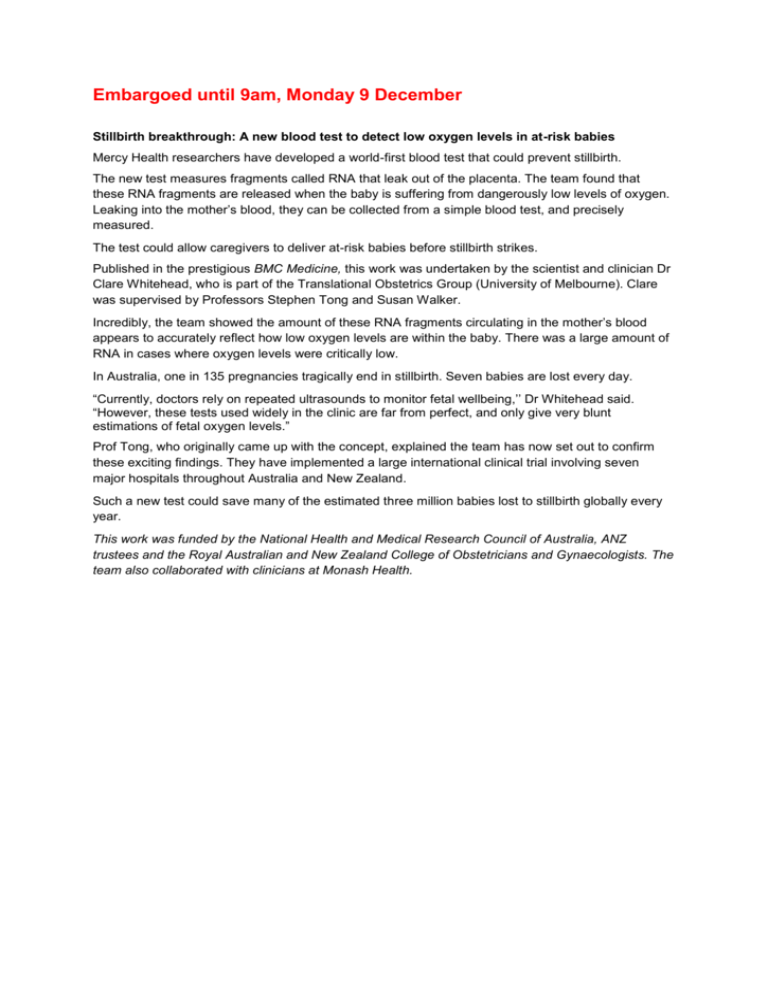
Embargoed until 9am, Monday 9 December Stillbirth breakthrough: A new blood test to detect low oxygen levels in at-risk babies Mercy Health researchers have developed a world-first blood test that could prevent stillbirth. The new test measures fragments called RNA that leak out of the placenta. The team found that these RNA fragments are released when the baby is suffering from dangerously low levels of oxygen. Leaking into the mother’s blood, they can be collected from a simple blood test, and precisely measured. The test could allow caregivers to deliver at-risk babies before stillbirth strikes. Published in the prestigious BMC Medicine, this work was undertaken by the scientist and clinician Dr Clare Whitehead, who is part of the Translational Obstetrics Group (University of Melbourne). Clare was supervised by Professors Stephen Tong and Susan Walker. Incredibly, the team showed the amount of these RNA fragments circulating in the mother’s blood appears to accurately reflect how low oxygen levels are within the baby. There was a large amount of RNA in cases where oxygen levels were critically low. In Australia, one in 135 pregnancies tragically end in stillbirth. Seven babies are lost every day. “Currently, doctors rely on repeated ultrasounds to monitor fetal wellbeing,’’ Dr Whitehead said. “However, these tests used widely in the clinic are far from perfect, and only give very blunt estimations of fetal oxygen levels.” Prof Tong, who originally came up with the concept, explained the team has now set out to confirm these exciting findings. They have implemented a large international clinical trial involving seven major hospitals throughout Australia and New Zealand. Such a new test could save many of the estimated three million babies lost to stillbirth globally every year. This work was funded by the National Health and Medical Research Council of Australia, ANZ trustees and the Royal Australian and New Zealand College of Obstetricians and Gynaecologists. The team also collaborated with clinicians at Monash Health.
